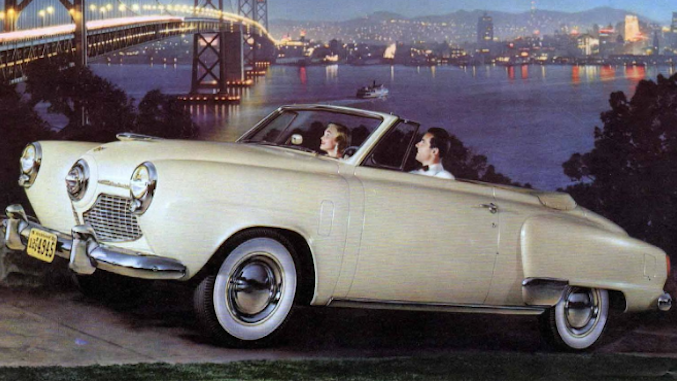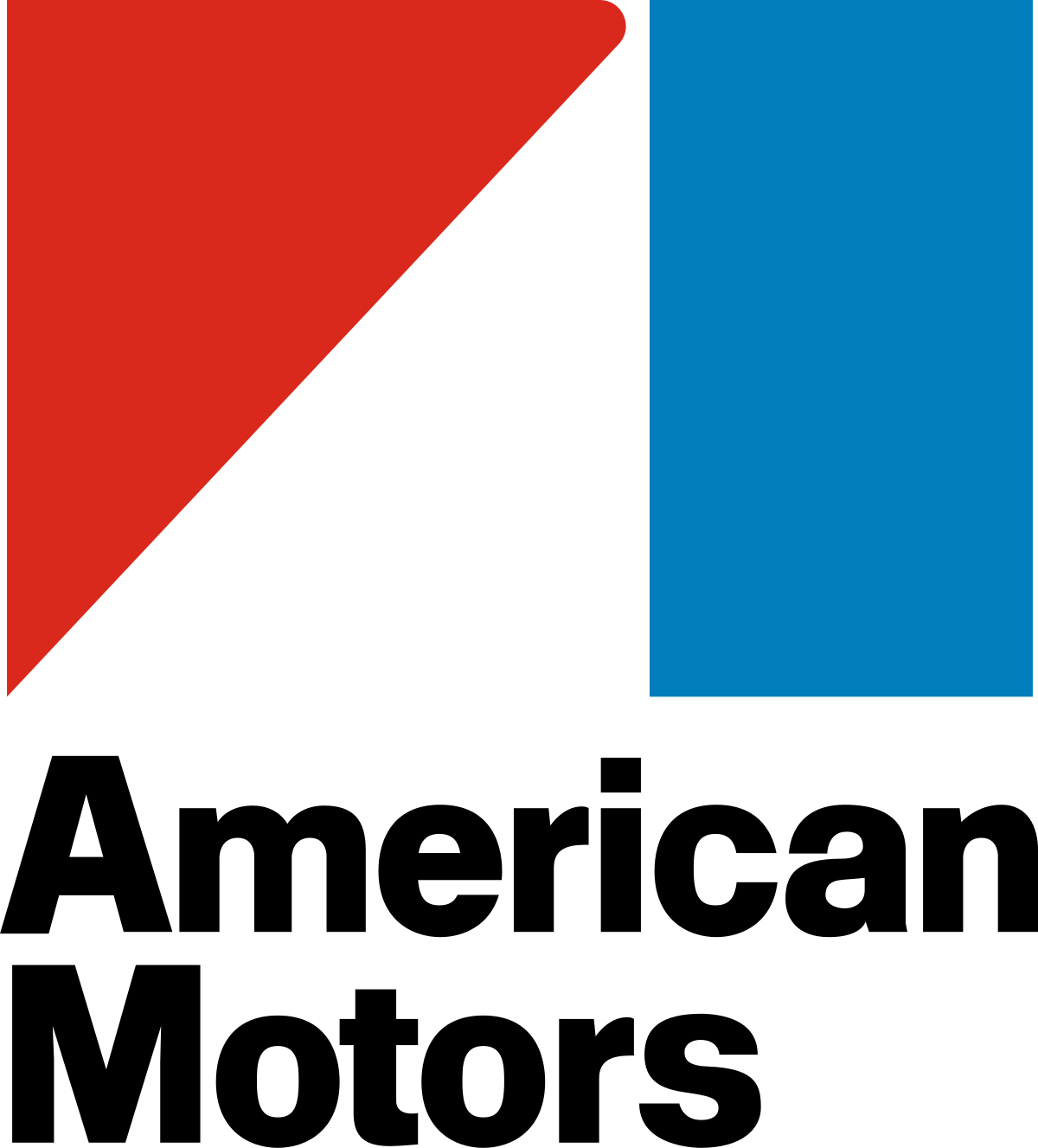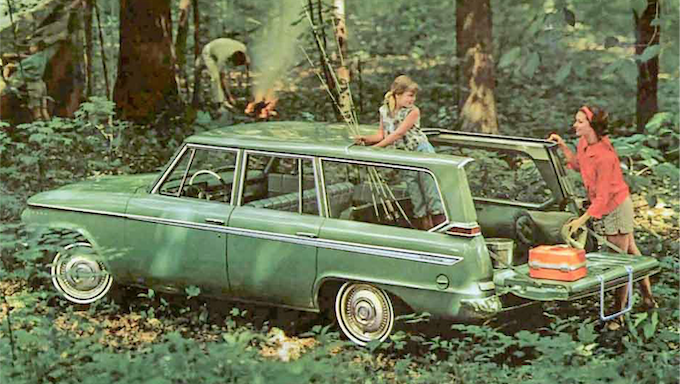I can believe that. TBH, tho, much as I hate to say, it makes more sense to me for Packard (minus a stubborn Nance) to join with Nash into AMC & let Stude go under. Then have alt-AMC buy out Jeep & make it & the Ramblers cash machines for the Packards, which are individually more profitable (given they're not hand-built, as they need updating.
It would had Studebaker been in the same position ITTL as IOTL, yet the improved pre-merger prospects for both preclude an outcome where Studebaker experiences the same issues that caused it to go under like in OTL.
I could believe most of that. I don't see a need for Austin, & in this era, they're too small anyhow.
The BMC component is optional yet based on the role it played in OTL with Nash/AMC (including Romney’s ideas) and International Harvester respectively, also the fledgling BMC (that became the World’s 4th largest carmaker upon its formation in 1952) was hardly that much smaller compared to the newly formed AMC (in 1955).
It is easy to believe that an ATL AMC and thriving Studebaker-Packard ITTL (the latter via a number of PODs beginning pre-war) would both have the necessary capital to foot the bill in developing common platforms with their short-lived alliance from the 1950s-1960s.
Curbside Classics also suggested a really interesting angle, a joint venture with Japan. AIUI, there was one planned, but a corporate lawyer advised talking to both Nissan & Toyota, & that blew up any deal with either. The lawyer's name? Richard Nixon. Getting a deal with Toyota, IMO, would ultimately be better than one with Renault or BMC, not least because the Japanese figured out improving quality control and controlling costs better than just about anybody.
There would be a risk of either ATL AMC (plus Willys-Jeeps or thriving Studebaker-Packard (plus IH and Checker) being swallowed up by either Toyota or Nissan and would be too simple a solution for a pair of US automotive combines that are now much better prepared for what is to come in the 1970s and beyond ITTL compared to the US Big Three.
There were growing ties between Willys-Overland/Jeep and IKA with Renault IOTL, with the former two part of AMC ITTL and given the latter's increased prospects in ATL where they should be strong enough to be ok heading into the 1990s on their own (kind of like OTL Chrysler). There is a chance for a more equal collaboration between ATL AMC and Renault to happen during the 1960s allowing for an early transition to FWD by the late-60s with an ATL Renault 12-based family of cars (including an SUV) compared to OTL AMC in the late-70s.
There is also something amusing about an ATL sub-Rambler American FWD model called the Americar being based on a US-built late-60s French car (even if AMC in this scenario played a larger role in its development ITTL), though it is a model that would prove to be very successful in South America and elsewhere IOTL.
OTL Nissan were linked to both Studebaker and International Harvester for different reasons. With the latter two part of the ATL thriving Studebaker-Packard combine (including Checker Motors) and their (IH-inspired) SUV and 4x4 projects being realised ITTL, it is difficult to see where Nissan could be an asset to what is essentially an American JLR apart from playing a role in a FWD/AWD taxi project analogue to the Checker Galvan and Galvan II .
I like a Monteverdi-style Packard GT.
Imagine ATL Packard by the late-60s to early-70s producing platforms that are closer in sophistication to the De Tomaso Deauville (replacing the ATL Classic and Ambassador derived models), yet either clothed in similar styling as the Fissore styled (Dodge Aspen based) Monteverdi Sierra or Frua styled Maserati Kyalami (or Momo Mirage) for that luxury European-style exterior. WIth Brooks Stevens assigned to ATL Studebaker on the ATL thoroughly improved consolidated Rambler American platforms (that have since diverged upon the dissolution of the short-lived alliance / partnership with AMC).
Now imagine Packard’s ATL Big Block (Oldsmobile/Buick-inspired) US emissions compliant V8 was updated to feature SOHC amongst other improvements from the late-60s to early-70s, as was done by De Tomaso on the Ford Cleveland V8 in the De Tomaso Zonda concept (along with an illustration of a Deauville with that same 351 SOHC engine installed) yet unlike the De Tomaso effort actually reaching production. - https://performance.ford.com/enthusiasts/newsroom/2020/08/missing-detomaso-zonda-concept.html
Last edited:



